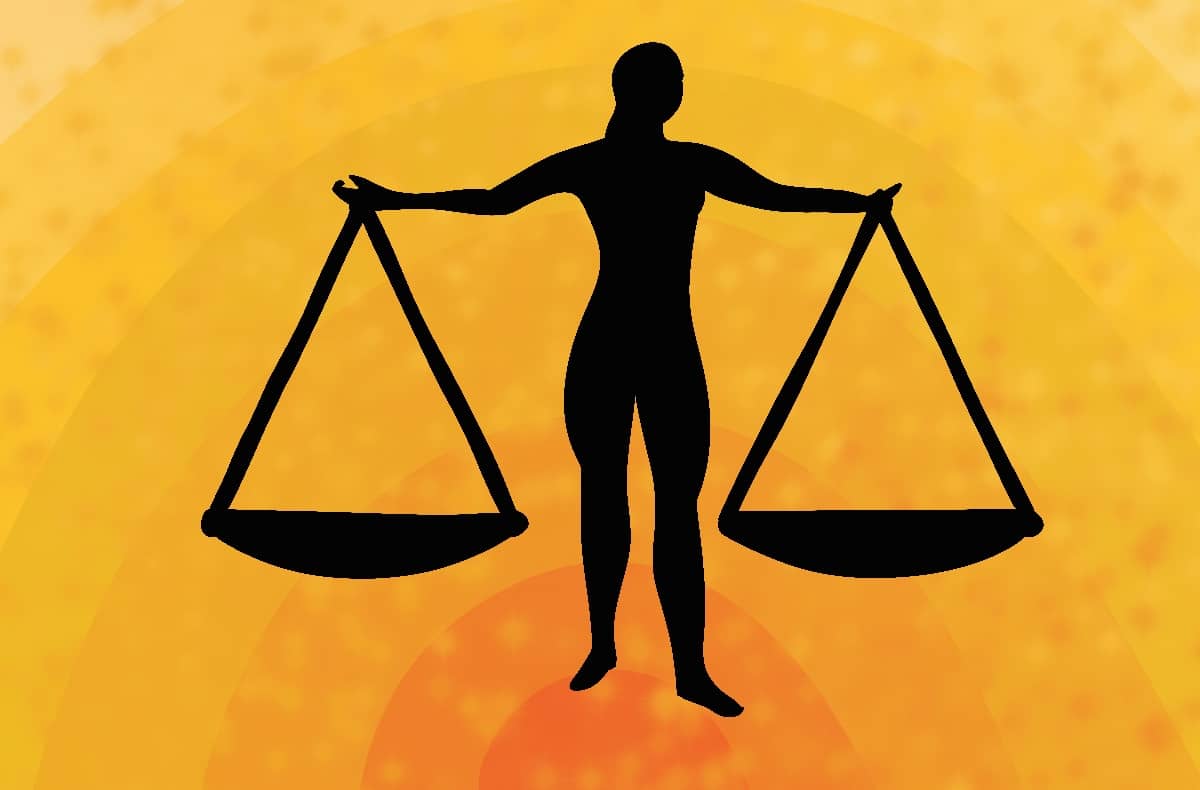
It’s January—have you decided what part of yourself you want to change? The culture of New Year’s resolutions has been so deeply ingrained that it feels “natural” to create a goal around “fixing” something we dislike about ourselves every January. Self-awareness and goals aren’t bad, but when the motivation is punishment or shame—rather than a genuine desire and practical approach to making that change—the outcome is bound to be disappointing.
Among the most common resolutions are those centered around weight and physical appearance—whether to lose weight, exercise more, or eat better. One of the most common ways for people to do this is a cleanse. Extremely restrictive diets are nothing new; monastics of nearly every spiritual tradition practiced fasting as a form of “purification.” However, modern cleanses are less about internal clarity and connection to spirit, and more about meeting unrealistic external standards of beauty. When taken to an extreme, cleanses can lead to disordered eating patterns, including orthorexia and mental health imbalances in general.
Furthermore, the research many of us lean on for what to “cleanse” from our diets is missing a key element: the person eating the food. In other words, it might not be the food that’s causing weight gain, but the state of one’s digestive system.
Ayurveda, an ancient medical system from India, focuses almost entirely on supporting digestion, and cleansing plays a special role in that maintenance and healing process. Ayurvedic cleanses are about supporting the harmony of the entire system, bringing us into our uniquely natural state of health. Weight is only part of the picture, which includes how well we digest and eliminate, energy levels and mood, the quality of our mind, and our sleep. Any protocol in Ayurveda considers each individual’s needs and works on slow, long-term habit change so your results will last—through the end of January and beyond.
Ayurvedic Cleansing—Shodhana
There are two main approaches to cleansing in Ayurveda, shodhana and shamana. Shodhana refers to the “forceful expulsion” of doshas—the biological humors that make us sick. Generally, shodhana is done under the supervision of an Ayurvedic physician and involves about two weeks of preparation, one week of treatment, and two to four weeks of rejuvenation therapy. The treatment is known as pancha karma (PK), or the “five actions,” which are prescribed according to the patient. Options include vamana (purgation), virecana (emesis), vasti (enema), rakta moksha (bloodletting), and nasya (nasal irrigation). In other words, it’s not a DIY kind of thing.
There are many people out there offering pancha karma at home or in group/online settings, which is not advisable. Please consult a trained practitioner if interested.
If you do receive these treatments, know that they’re anything but spa-like. The intention is to break down the body in order to build it back up, so discomfort is almost guaranteed.
Ayurvedic Cleansing—Shamana
Before getting close to shodhana, any condition will be treated with the gentler shamana, or “pacifying,” protocol. This balances the doshas by drawing them away from wherever they’ve lodged in the body, back to the digestive tract, where they can be digested and eliminated normally. Even the directionality of this technique is “anti-cleanse”—moving inward rather than outward, integrating rather than expelling, and all under the auspices of figuring out what isn’t jiving with your individual system. Shamana is the first line of treatment because it helps us identify how intense one’s imbalance is—if it doesn’t work, then we’d try shodhana, but shamana is effective for most everyday complaints.
Shamana entails a personalized mix of dietary and lifestyle routines that will introduce balance through opposites into the system. For instance, if you’ve got a rash and diarrhea, you might have excess heat in the system, in which cooling foods and practices would be used. Learning to identify the nature of how you feel is the first step in finding the right shamana protocols, which will serve you whenever you feel off.
This approach is equally useful for prevention and healing. Ayurveda advises taking time prior to the change of each season, when the qualities of the environment are shifting, to similarly adjust one’s routines. This can prevent imbalances from happening in the first place, because the system gets a chance to slowly adjust to its new environment. But even in an acute situation, the slow and steady approach helps us evaluate what works with your unique system and daily routines so it sticks for as long as it’s necessary.
How to Anti-Cleanse with a Ayurvedic Reset
While true “cleansing” in Ayurveda is not something done casually, we can still experience the feeling and outcome of a cleanse through simple shamana-type means, allowing the body to turn inward and regain its natural state of balance through digestion and other systems. For this reason, I prefer to use the word “reset”—we’re not necessarily purging or changing anything about ourselves as resolution culture preaches; we’re becoming more aligned with our true nature, including the weight that will support our body’s energy needs (not what social media says is a good weight).
The following practices are universally helpful since they support a balanced state. They actually focus more on the mind than the body, helping reset the nervous system out of the stress response (fight or flight) and into the relaxation response (rest and digest). Remember when I said that weight issues can be about digestive function more than the food itself? If the body is chronically stressed, digestion cannot happen in a complete way. Period. Managing or eliminating stress is foundational to a healthy weight.
1. Monodiet
Eating the same meal for one to three meals a day, for a couple of days, can do wonders to reset digestion. I don’t love analogizing humans to technology, but the way many of us eat is like having every application on your phone open—so much to process—and we wonder why it (i.e., our body) freezes or loses battery. Whether you try the traditional reset meal of kitchari, or other simple foods like soup, simplifying the inputs will help your system run smoother, while giving your mind an enormous relief from having to decide what to make or eat each meal.
2. Screen break
If your mind doesn’t feel like a phone itself, then it’s likely tethered to some kind of device for many hours a day. All that attention to screens draws our energy (called prana) outward, which means there’s less to support internal processes like digestion. Taking time off screens can help you have more mindful eating practices, as well as remember things you enjoy and find nourishing in real life, including . . .
3. Spending time in nature
The ultimate technology antidote, the spaciousness and diversity of nature is where our bodies most feel at home. Whether forest bathing or singing to your houseplants, communing with the natural world can help reset the magnitude of the problems we create in our minds and generally quiet the nervous system for greater ease throughout the whole body.
4. Bonding
The splendor of nature can feel like the ultimate companion, but quality time with loved ones (humans and pets alike) is another fantastic way to reset for better health. Finding a few hours before bed, or in the morning before the day gets busy, to be in the physical company of someone who makes you smile will release oxytocin—known as the cuddle hormone—that not only makes you feel great, but also initiates focus and concentration.
5. Spirituality
Whether through formal religion or a personal sense of spirituality, connecting with something beyond you can dispel internal tension, your sense of responsibility, and fear of the unknown. Life throws us many curve balls: being able to go with the flow won’t make them less difficult, but it can give you a sense of support that gets you through hard times. Committing to some kind of daily spiritual practice will reinforce that you’re not alone in it all.
***
If you’re looking for guidance on an at-home reset to start your new year right, join me on January 26-30 for my Midwinter Rest and Reset, where we’ll explore all these components in a supportive (virtual) community setting.



